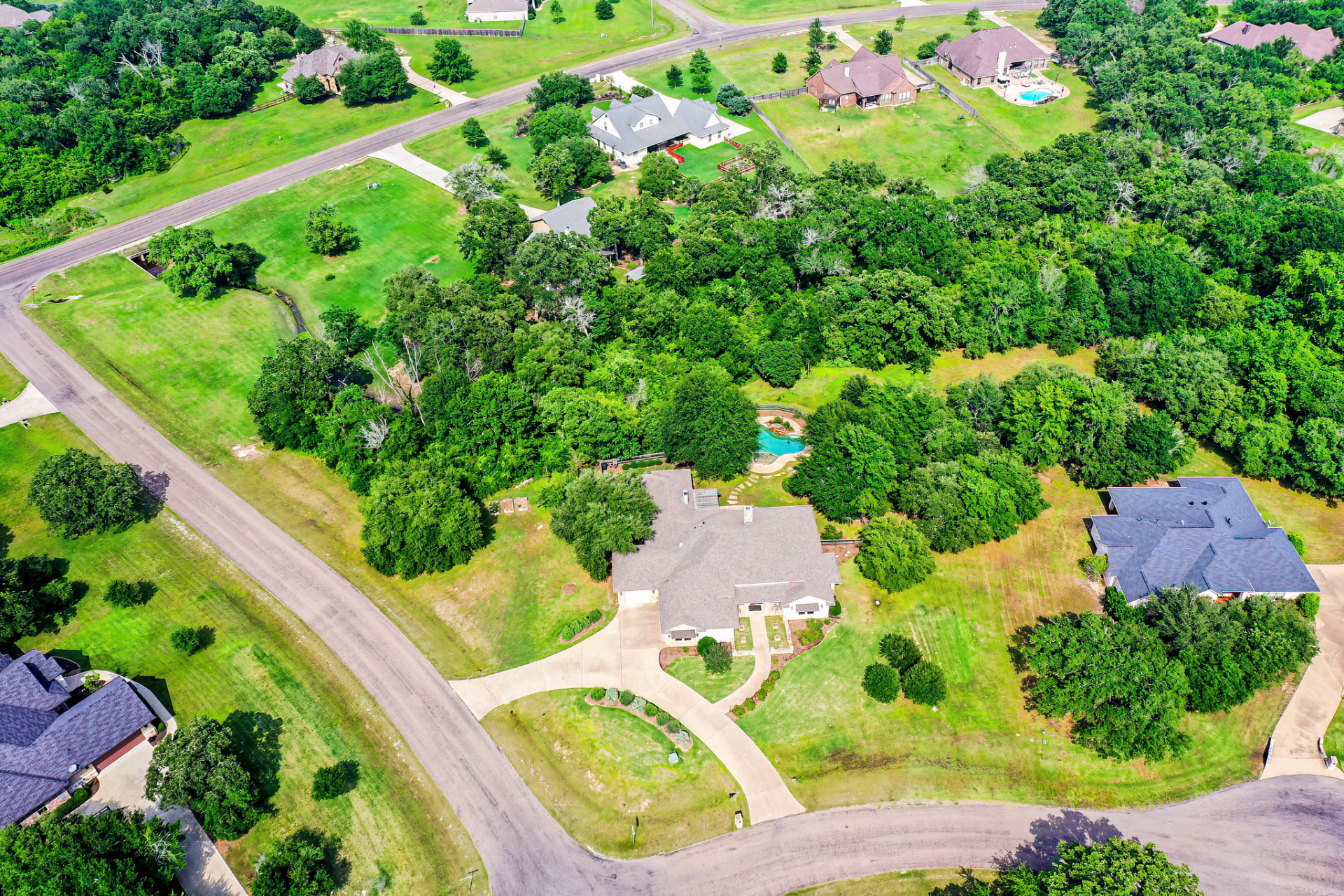In today’s ever-evolving real estate market, staying informed about current trends is essential for buyers, sellers, and investors alike. From fluctuating interest rates to shifting demographics, a myriad of factors can influence the dynamics of the housing market. In this blog post, we’ll explore some key trends shaping the real estate landscape both nationally and more specifically in Texas, providing valuable insights to help you make informed decisions in this dynamic environment.
National Trends:
- Supply and Demand Dynamics: Across the nation, we’re seeing a persistent imbalance between supply and demand, with housing inventory remaining tight in many markets. This imbalance has led to fierce competition among buyers, driving up home prices and creating a seller’s market in many areas.
- Remote Work and Migration Patterns: The COVID-19 pandemic has accelerated trends towards remote work and flexible living arrangements. As a result, we’re seeing increased interest in suburban and rural areas, as buyers seek out larger homes with more outdoor space and a lower cost of living.
- Rising Home Prices: With demand outpacing supply in many parts of the country, home prices have been steadily rising. While this is good news for sellers, it can pose challenges for buyers, particularly first-time buyers or those with limited budgets.
Texas-Specific Trends:
- Strong Population Growth: Texas continues to experience robust population growth, driven by factors such as job opportunities, a favorable business climate, and affordable housing options. This influx of new residents is fueling demand for housing across the state.
- Urban to Suburban Shift: Similar to national trends, we’re seeing a shift towards suburban and exurban areas in Texas, as buyers prioritize space, affordability, and access to outdoor amenities. Cities like Austin, Houston, and Dallas are experiencing strong demand for homes in surrounding suburbs and satellite communities.
- Tech and Innovation Hubs: Texas is home to several thriving tech and innovation hubs, including Austin’s Silicon Hills and the Dallas-Fort Worth Metroplex. These hubs are driving economic growth and attracting talent from across the country, further fueling demand for housing in these areas.
- Investor Interest: Texas remains a popular destination for real estate investors, thanks to its strong job market, population growth, and favorable investment climate. From single-family rental properties to commercial developments, there are ample opportunities for investors to capitalize on the state’s vibrant real estate market.
Navigating the Market:
Whether you’re buying, selling, or investing in real estate, understanding market trends is key to making informed decisions. By staying abreast of national and local trends, you can identify opportunities, anticipate challenges, and position yourself for success in today’s competitive market.
If you’re considering buying or selling a home in Texas, it’s essential to partner with a knowledgeable and experienced real estate professional who can provide expert guidance and support throughout the process. With their expertise and insights, you can navigate the complexities of the market with confidence and achieve your real estate goals.
In conclusion, the real estate landscape is constantly evolving, shaped by a myriad of economic, demographic, and social factors. By staying informed about current market trends, you can gain a competitive edge and make smart decisions in today’s dynamic real estate market. Whether you’re a buyer, seller, or investor, now is the time to seize opportunities and capitalize on the exciting possibilities that lie ahead.

